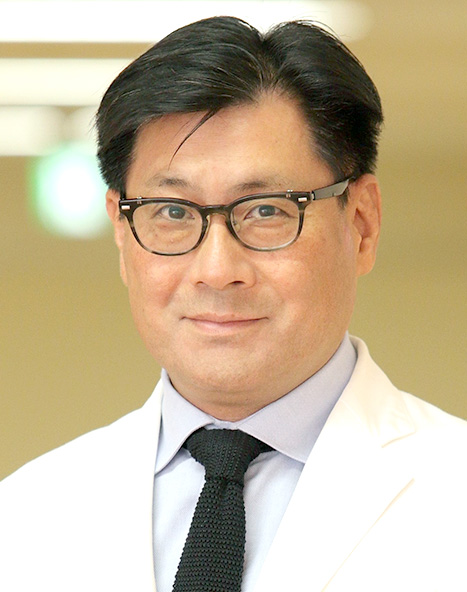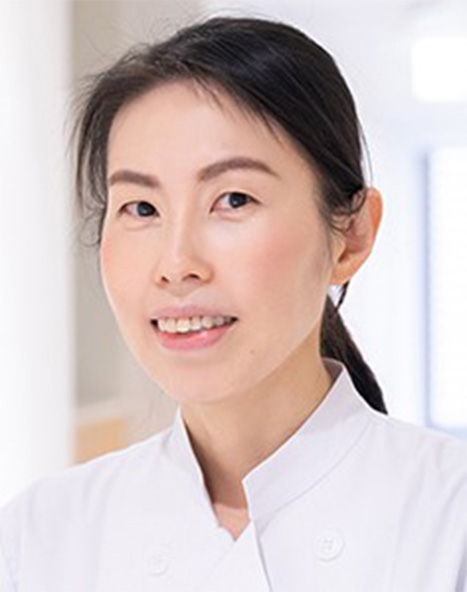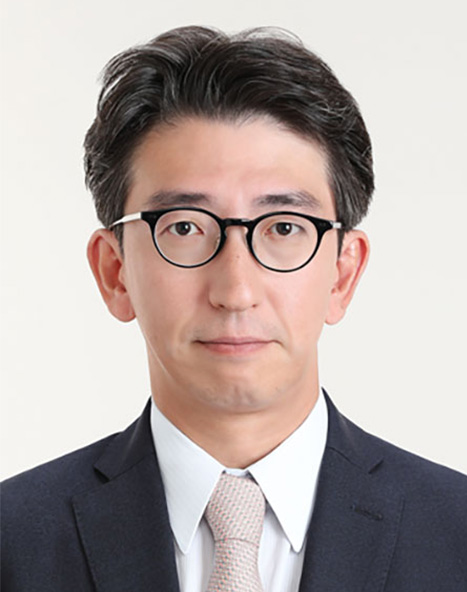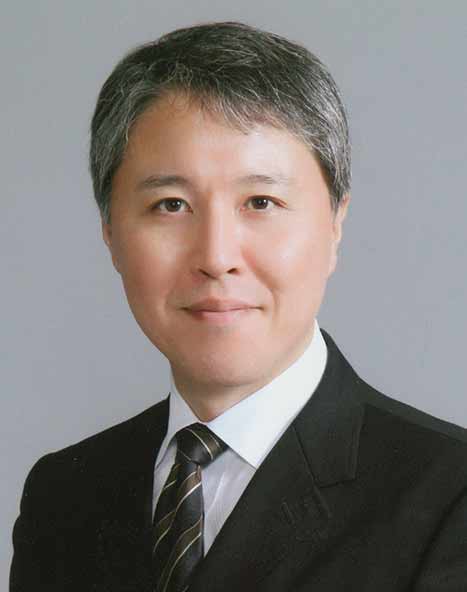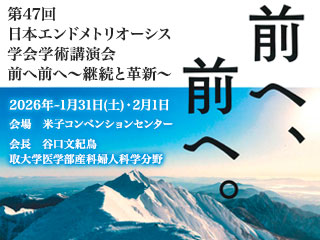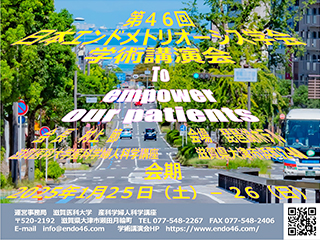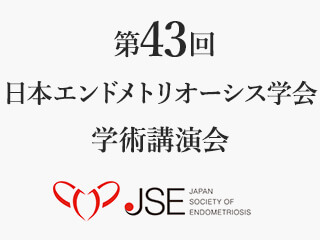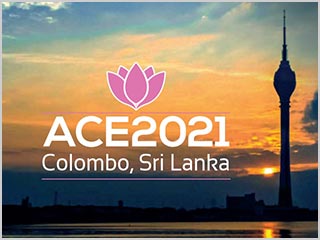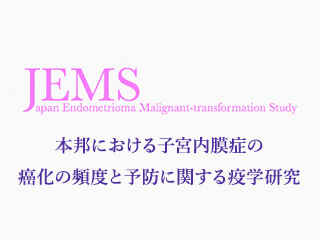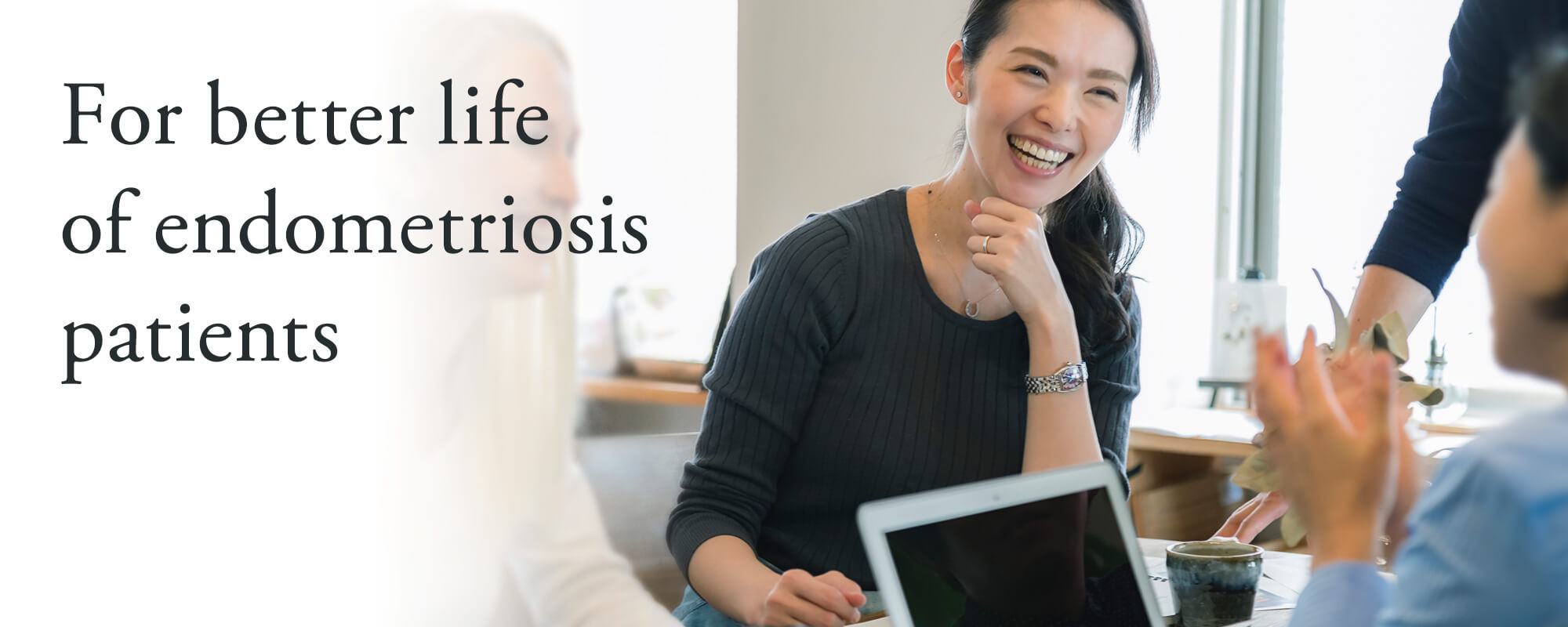

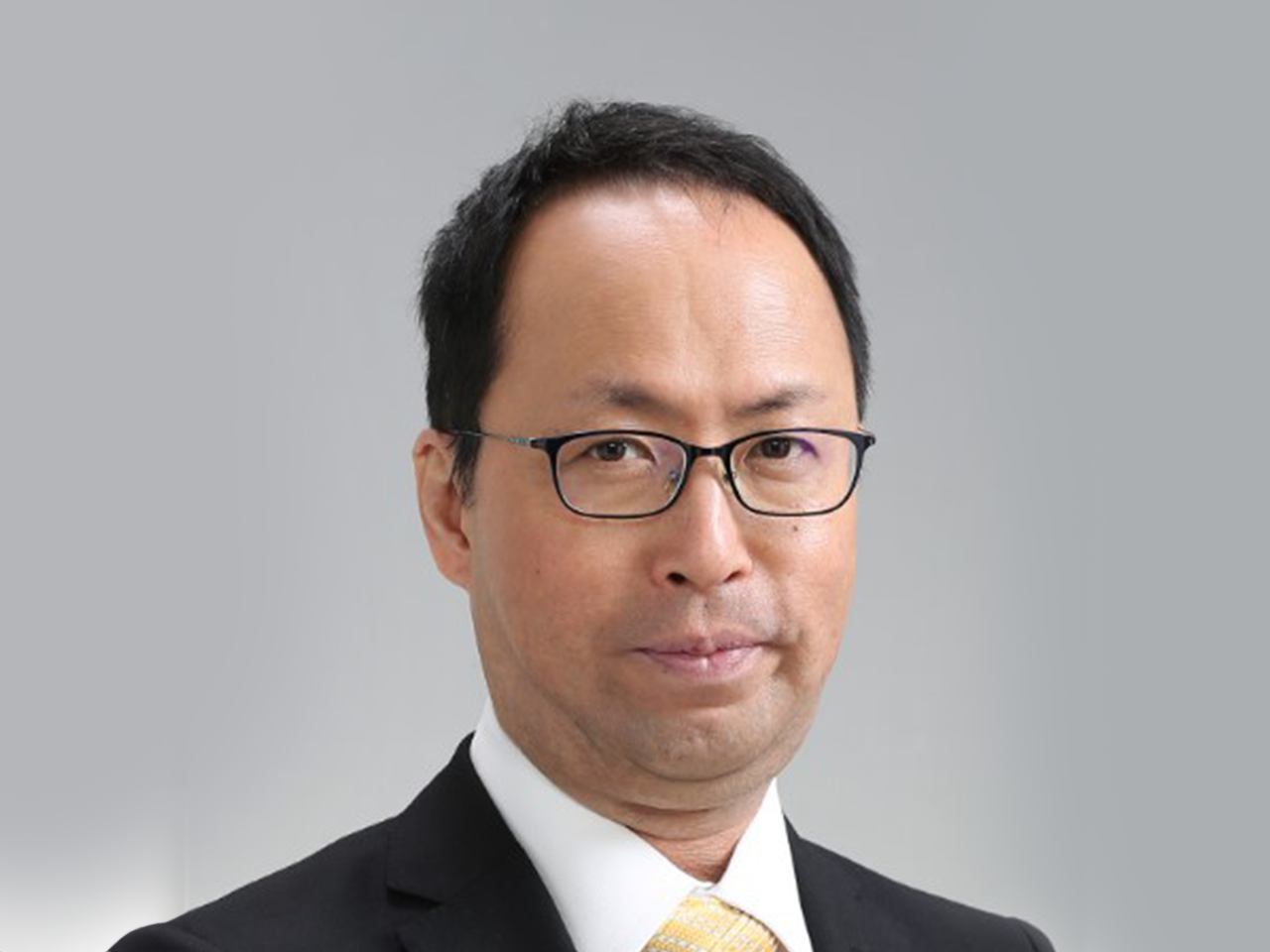
Message from the President
It is a great honor to be appointed President of the Japan Society of Endometriosis. I feel a profound sense of responsibility in managing this Society so steeped in tradition.
Endometriosis is a highly prevalent gynecological disease, and it is a common disease often encountered in daily practice. It is also an important disease when it comes to protecting women’s health, as it disrupts the quality of life of women throughout their lives, from adolescence to climacterium. Symptoms such as dysmenorrhea and infertility greatly affect women’s life planning in their reproductive ages. In an age of declining birthrates, and from the perspective of reproductive health and the nurturing of the next generation, this is a problem that cannot be overlooked.
Changes in endometriosis treatment coincide with the history of progress in endoscopic surgeries and drug therapies. Since laparoscopic surgeries started to be covered by insurance in Japan in 1993, advances in surgical procedures and devices have enabled highly advanced and safe surgeries. In 2008, low-dose estrogen-progestin and a new progestin received approval for insurance coverage for endometriosis. Long-term drug therapy with these two drugs ushered in a new paradigm for the treatment of endometriosis. Our Society has greatly contributed to resolving clinical issues in endometriosis by providing a forum for experts to discuss salient and emerging topics. On the other hand, despite the 100+ year history of research, the etiology of endometriosis still remains unclear. I believe that our Society has played a major role in providing a place to present world-class, high-level basic and clinical research.
Societies specializing in endometriosis are rare, and with a 40-year history and more than 700 members, our Society is unique. I intend to value and continue to pass on the efforts and achievements made by our predecessors who contributed to the growth of our Society and carried on the tradition of endometriosis research in Japan. Internationally, I intend to promote closer exchanges with societies such as the World Endometriosis Society (WES), the Society of Endometriosis and Uterine Disorders (SEUD) in Europe, and the Asian Society of Endometriosis and Adenomyosis (ASEA) in Asia, and to disseminate the findings of Japanese researchers to the world. To the best of my ability, I will contribute to the progress of our Society. Thank you in advance for your kind guidance and support.
